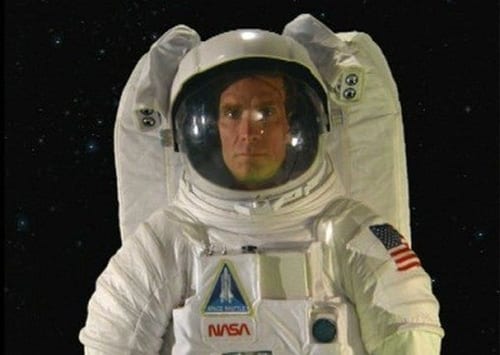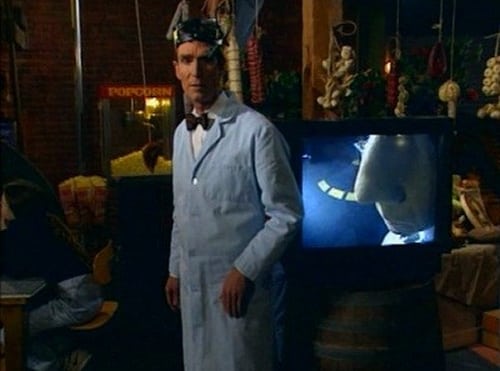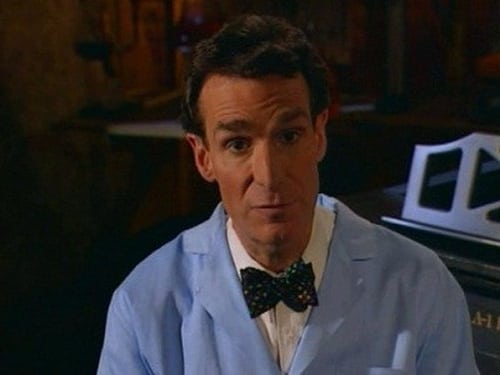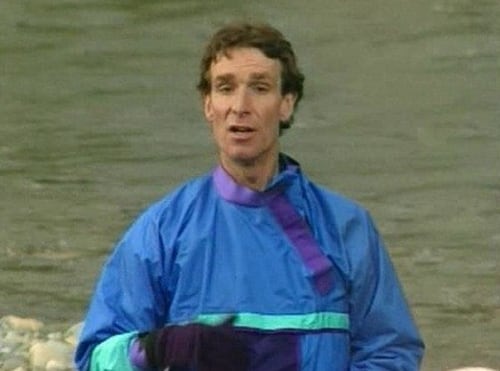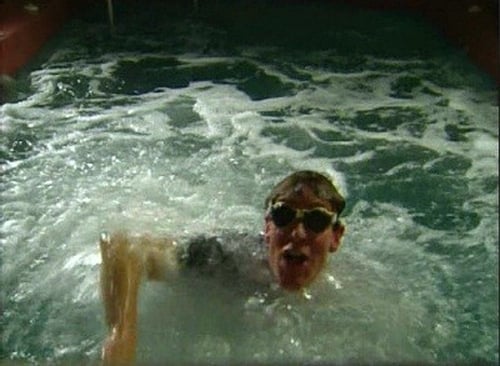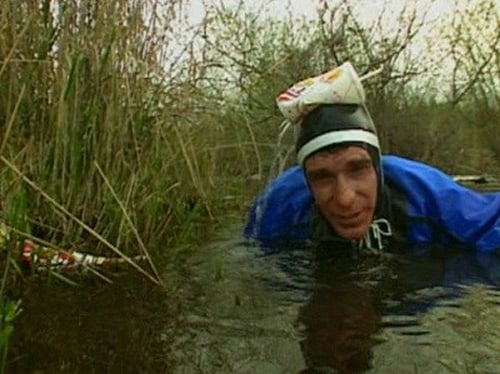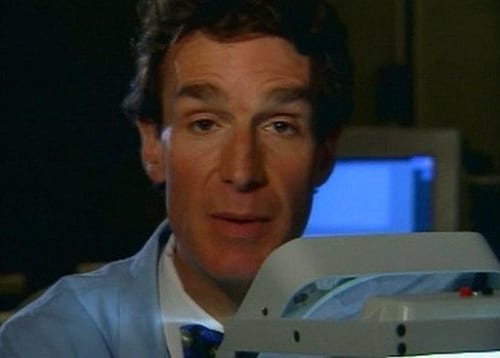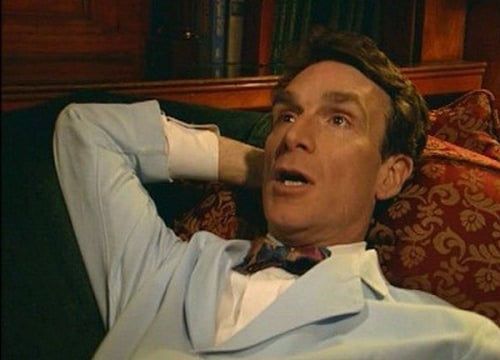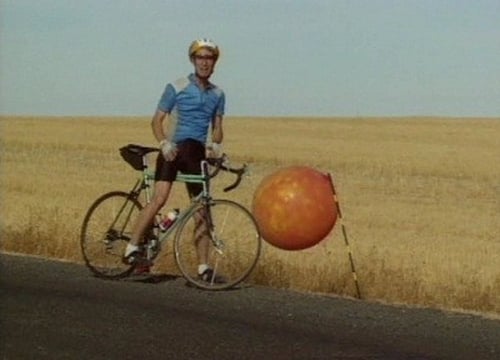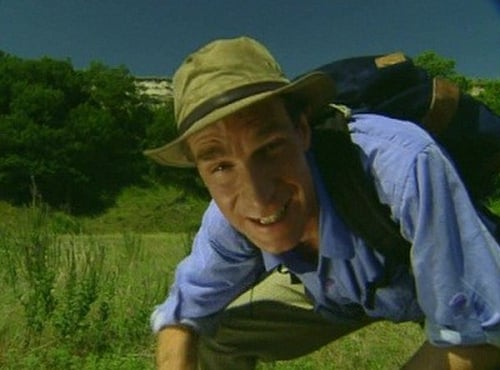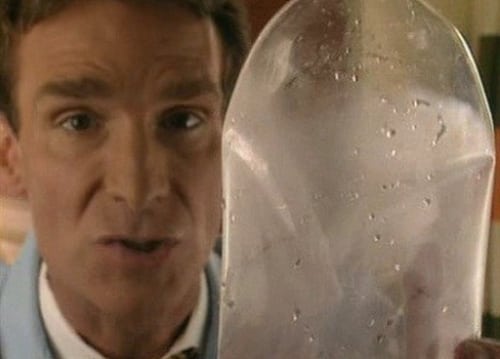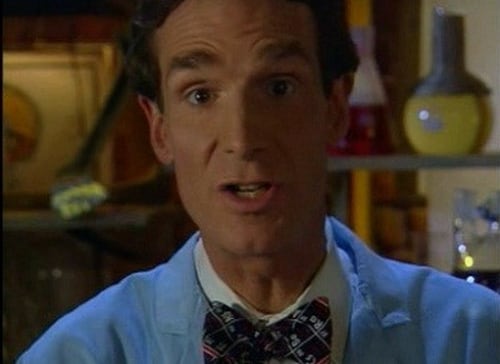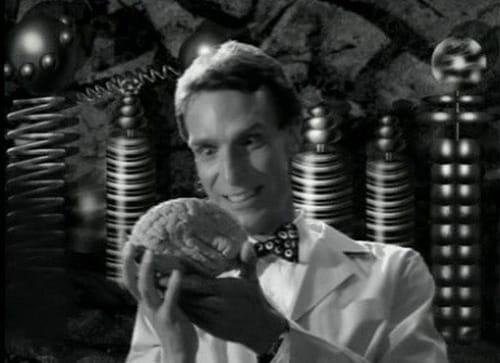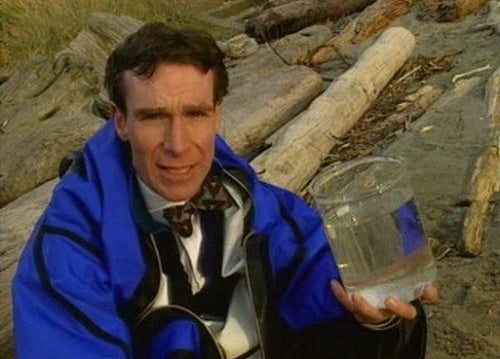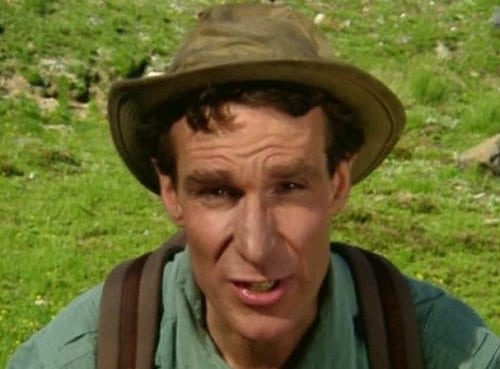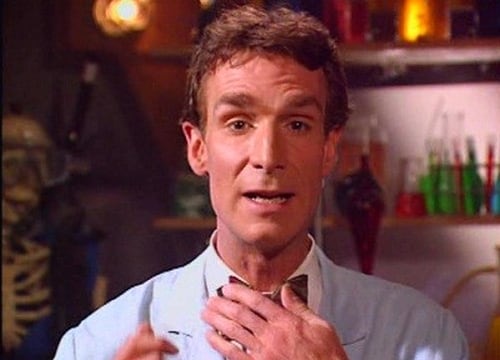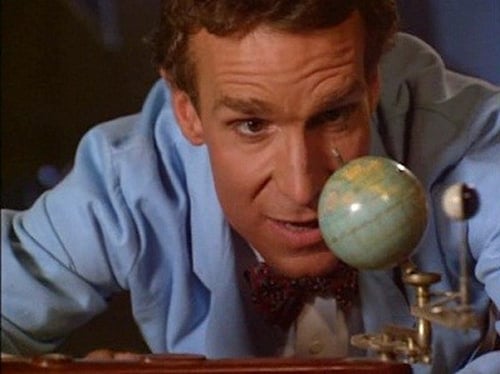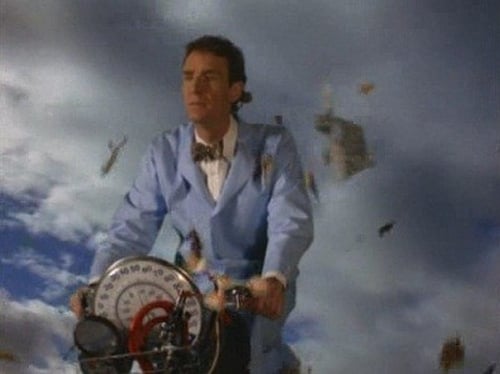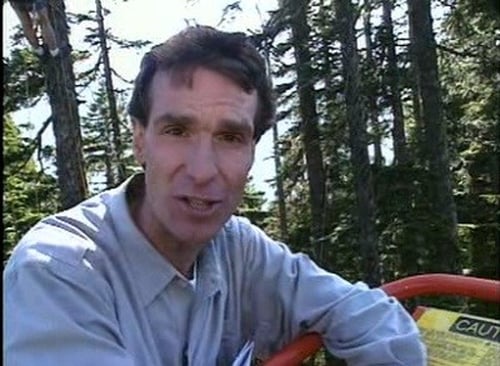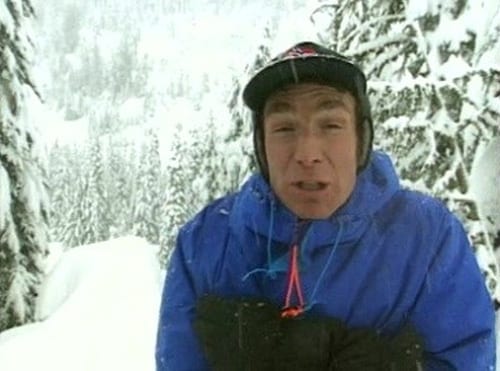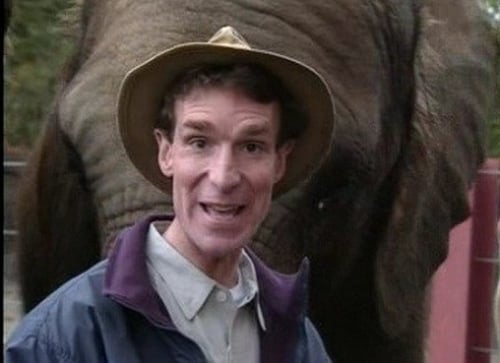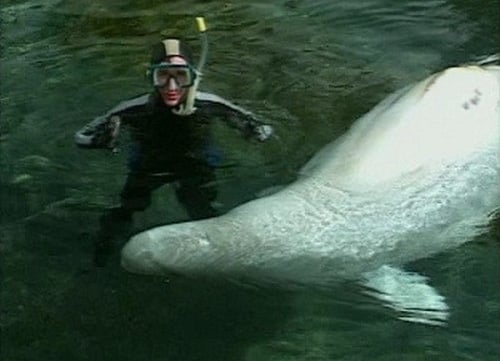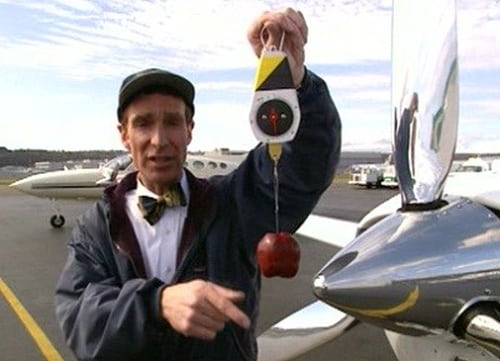
ComedyDocumentaryKids

The Best Episodes of Bill Nye the Science Guy
Every episode of Bill Nye the Science Guy ranked from best to worst. Let's dive into the Best Episodes of Bill Nye the Science Guy!

The Best Episodes of Bill Nye the Science Guy
ComedyDocumentaryKids
Every episode of Bill Nye the Science Guy ranked from best to worst. Let's dive into the Best Episodes of Bill Nye the Science Guy!
It's "Mr. Wizard" for a different decade. Bill Nye is the Science Guy, a host who's hooked on experimenting and explaining. Picking one topic per...
Seasons5
Best Episodes Summary
"Space Exploration" is the best rated episode of "Bill Nye the Science Guy". It scored 8.9/10 based on 13 votes. Directed by Unknown and written by Unknown, it aired on 9/26/1997. This episode scored 0.0 points higher than the second highest rated, "Smell".
